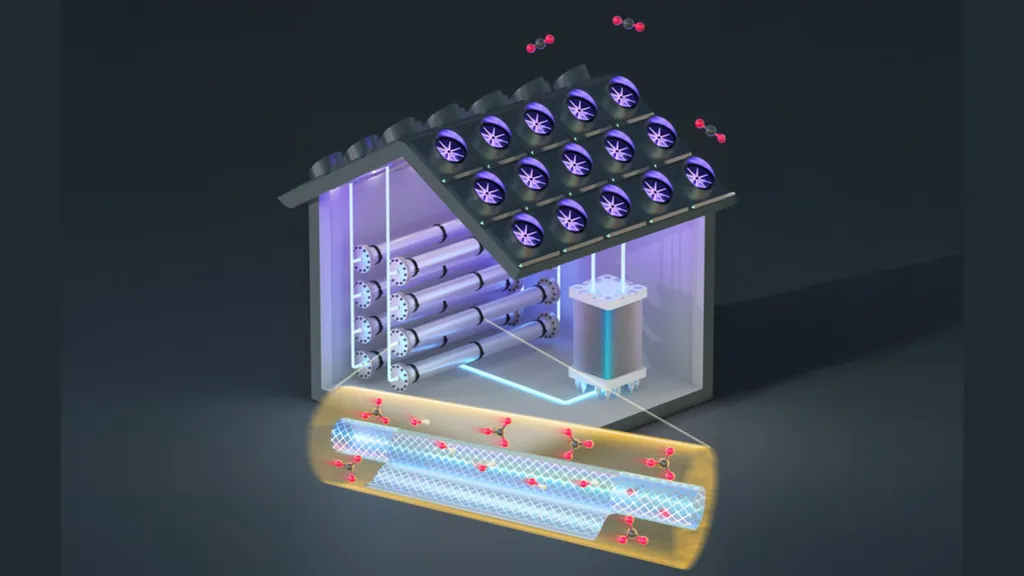In the quest to mitigate climate change, researchers are exploring innovative methods to capture and store carbon dioxide. Among them are Andy Haverly, So Yeon Kim, and Ju Li, affiliated with the Massachusetts Institute of Technology (MIT). Their recent study, published in the journal *Applied Energy*, proposes a novel approach to large-scale carbon sequestration using explosives, including thermonuclear devices.
The researchers suggest combining explosive mining, a long-established technique, with enhanced rock weathering, a more recent method. The idea is to use controlled explosions to break up and expose large volumes of rock, increasing the surface area available for weathering reactions. These reactions naturally absorb carbon dioxide from the atmosphere. The team estimates that this method could sequester carbon at a cost of approximately $0.68 per ton of CO2.
The proposed technique is designed to be safe and have minimal impact on the environment and local communities. The researchers emphasize that this approach could be a faster and more efficient way to achieve large-scale carbon sequestration, which is crucial for addressing the rapidly accelerating problem of climate change.
For the energy industry, this research opens up a potential new avenue for carbon capture and storage. While the use of explosives, especially thermonuclear devices, may raise concerns, the researchers argue that these can be used safely and effectively. If further research and development confirm the feasibility and scalability of this method, it could become a valuable tool in the fight against climate change, helping energy companies to reduce their carbon footprint and meet emissions targets.
The study underscores the need for continued exploration and innovation in carbon sequestration technologies. As the world seeks to transition to a low-carbon economy, such advancements will be critical in achieving global climate goals. The research was published in the journal *Applied Energy*, and while it presents a intriguing concept, it is important to note that further investigation and validation will be necessary before this method can be widely adopted.
This article is based on research available at arXiv.

